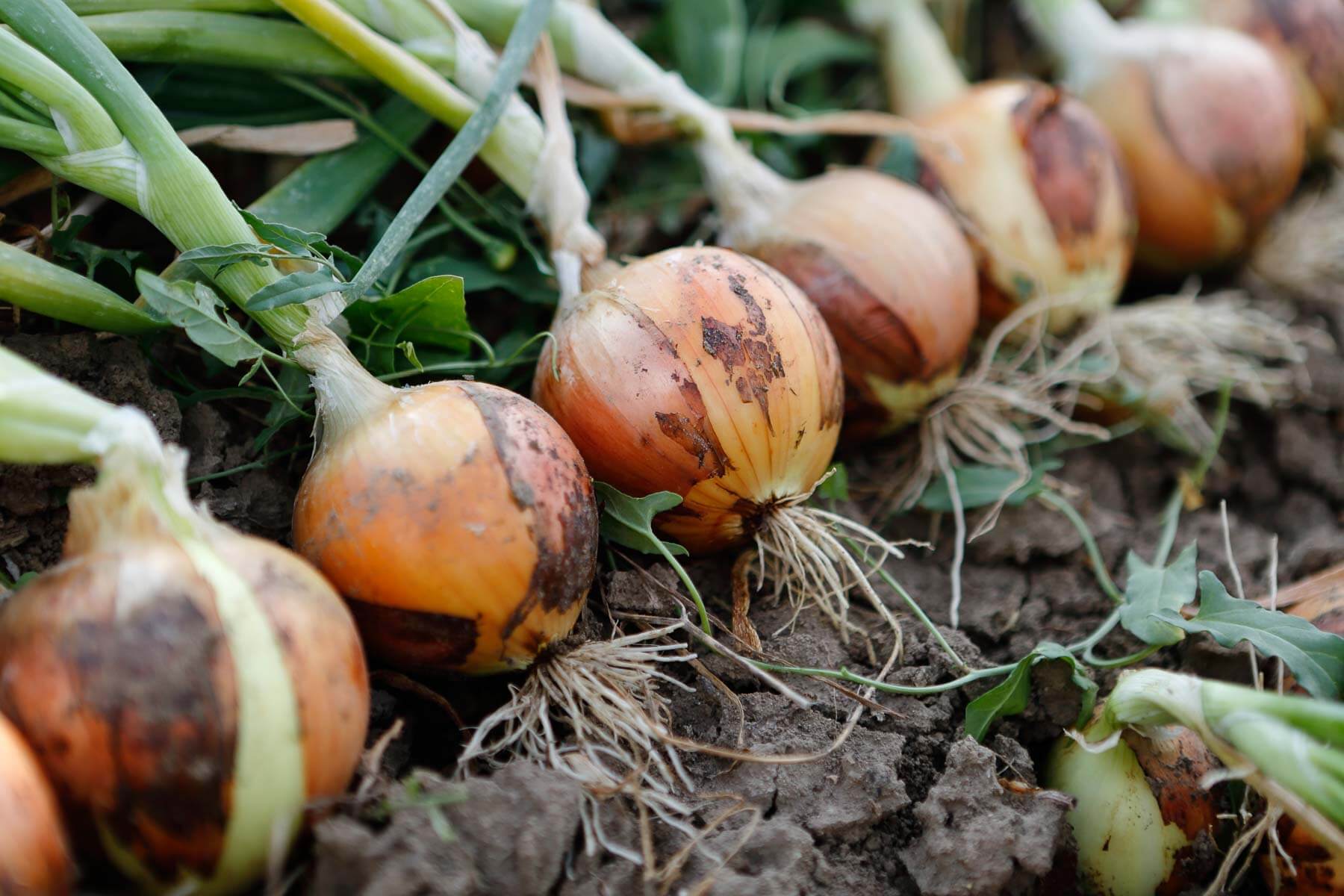Table of Contents
Onions are a staple food in every household, not in a particular area or country but all over the globe. It is used to cook numerous varieties of foods, and it’s hard to imagine a full meal without the flavour of onions. From salad and curries to soup, all these delicacies are incomplete without them. Different varieties of onion are grown according to the area and its climate, which is why they taste slightly distinct in different places. But all these types are easy to grow and can be stored to enjoy them all year round.
Onions can easily be grown in your backspace or garden; they do not need much space. Growing onions by yourself is a great thought, but if you have no idea about where and how to start, you just landed on the right page.
Here is a complete guide on onion plantation. From sowing to harvesting, we will cover each process in detail for a trouble-free, onion-growing experience!
Types of Onion
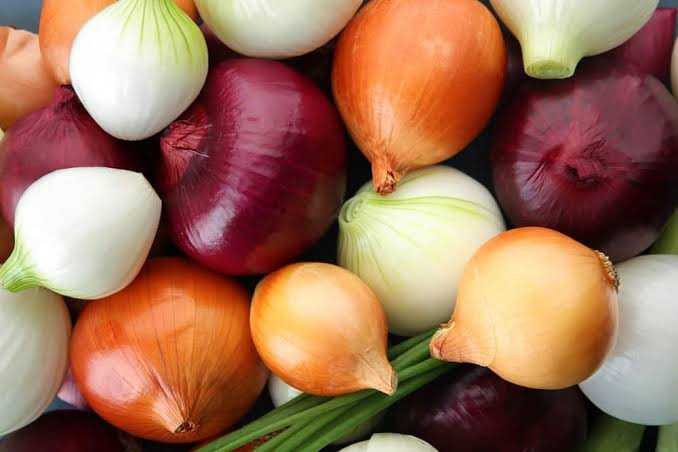
Select the type before you get started with the process of growing onions. As onions are very sensitive to sunlight, the length of daylight in your area decides which variety you should pick. The types of onions are divided into three groups according to daylight.
Short Day Varieties
These types of onions can be grown where the day length is around 10-12 hours.
- White Bermuda are white onions that are extremely mild in flavour and have thick, flat bulbs.
- Crystal wax white Bermudaare onions that can be used for pickles when harvested early at a small size.
- Texas 1015-Y Supersweet are onions that can be stored for a long time
- Hybrid yellow garnex are sweet, Vidalia-type onions.
Long Day Varieties
Types of onion to grow in the area where the day length is 14-16 hours.
- Walla wallaor Ailsa Craigfor huge onion.
- Yellow sweet Spanish are large round shaped onion that comes in white and yellow.
- The first edition is onions that are high yielding and flavourful. They store well and come in creamy yellow colour.
- Buffalo or Norstar for early production, but they only keep well till late December.
Neutral Day Varieties
This type doesn’t care about the length of the day, and they show excellent growth.
- Candy for thick flesh and jumbo-sized onions that store well.
- Superstar for large, sweet, and white onions.
- Red Stockton for large-sized onions that are red-ringed and white-fleshed.
Preparing soil
After deciding on what type of onion you want to go ahead with, prepare your soil for the plantation. As onions are heavy feeders, they need constant nutrition to yield big bulbs. Prepare the soil by adding nitrogen fertilizer; you can also add an inch of organic compost at the bottom of each row before sowing the seeds.
Plantation Method
There are two methods to grow onions. Onions can be grown from seeds or small onion bulbs, called sets. Growing onions from sets is easier and a preferable method for beginners because they can be planted straight in the soil and take less time to grow. If you choose to grow onions from the seeds, first you need to germinate the seeds indoors in a seedling tray, and then after they sprout, transfer them to your garden bed.
5 Steps to Grow Onions from Seeds
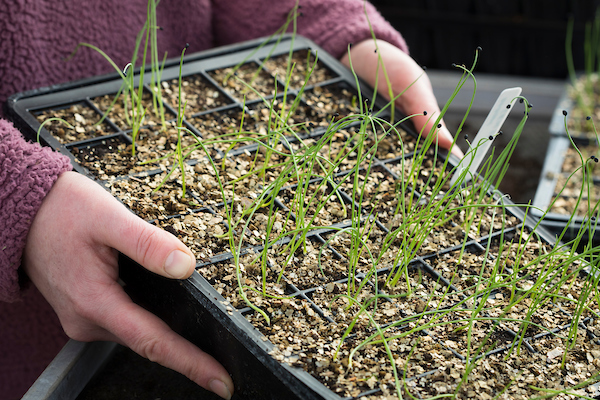
- Take a seedling tray with soil mixed with two-thirds of the compost and plant seeds about a centimetre apart.
- Cover the seeds with compost lightly and water the tray with as much water as it can absorb.
- Cover the tray in a plastic bag with holes and place it in a warm and sunny place.
- Water them regularly for seven to ten days till the seeds start to germinate and get around 2cm tall.
- It may take about six weeks to get ready. When the seeds have three shoots each, they are ready to be planted outside in the garden. The method to plant them is the same as planting sets.
5 Steps to Grow Onions from Sets
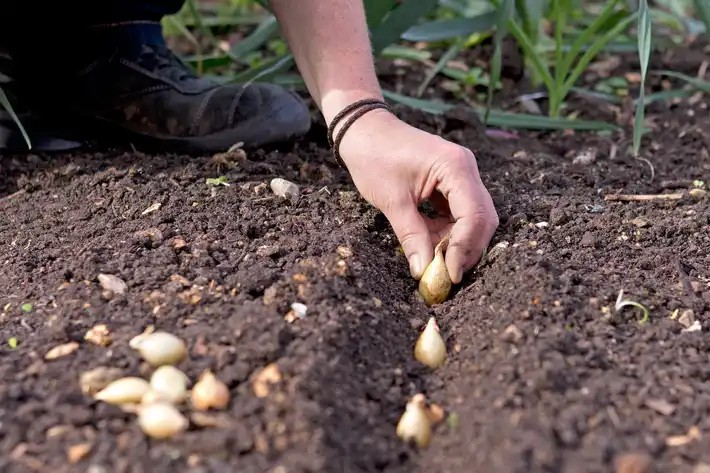
Harvesting Onions
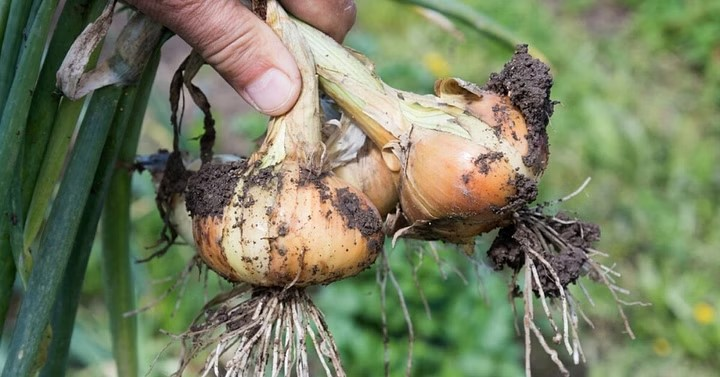
Onions are usually ready to harvest after four months of plantation; spring-planted onions can be harvested in mid-summer. When the leaves become brown and start to fall, that indicates the bulbs are ready to be pulled out. Be careful while doing so because bruises can encourage rot. But when they are still yellow, you can bend the tops down to speed up the ripening process. Harvest the onions in late summer when the soil is dry; these onions will store well and will not rot. You can even lose the soil around the bulbs to encourage drying just before harvesting. If the foliage starts to show flowers, harvest them immediately because that means the bulbs have stopped growing.
Dig the onions out rather than pulling them, just loosen the soil around the bulbs, and they will come out easily. Then trim the leaves and the roots off the bulb. They can now be used at any time, but if you want them to store well, set them in a warm and dry place for a few days to cure.
Storing Onions
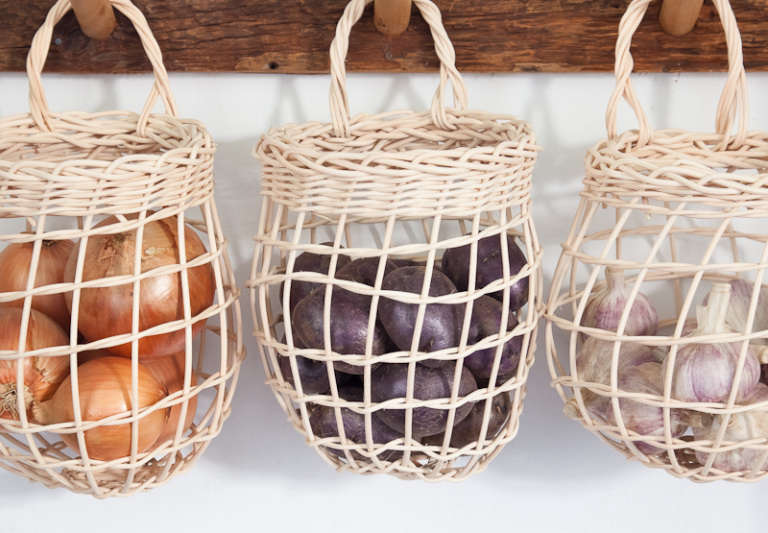
Onions need a cool and dark place to be stored for more than three months. It can be your pantry, basement, garage, or cellar. Wherever you store it, make sure the place is s not heated. If you have no such spot in your home, it is better to store them in the refrigerator for a better life. Though, they may absorb some moisture and become a little soft there. Provide them with a little air while storing them by placing them in a basket or a mesh bag. Do not tie them up in a plastic bag, this will not allow air to pass, and they may rot easily. You can also tie them in a mesh bag and hang them on walls to keep them dry and airy. Keep checking for signs of rot by monitoring the changes in smell, colour, or feel. Remove the onions from the basket that start to feel soggy or have spots on them, or have started growing before they start damaging the other onions.
Best Time and Place to Grow Onions
Temperature and day length decide which type of onion will grow the best in that area, and the climate decides when and how to plant. Onions are generally planted in fall or spring. Onions first produce the foliage and then the flowers and seeds. The bulbs that we eat are roots, which the plant uses to store energy for the winter. But usually, the bulbs are harvested before they can flower or set seeds.
Proper Light, Soil, and Water to Grow Onions
Onions need sunlight at least 6 hours a day to grow at their best. Choose an area where your onions won’t get shaded by other plants. The more energy they can get from sunlight, the larger they can grow. Rich quality soil needs to be kept consistently moist and well drained for growing onions. Loamy soil works best with onions as they retain moisture well.
On the other hand, sandy soil will need frequent fertilization and irrigation, and clay soils can produce hotter onions. Though, this can be easily fixed with well-composted organic matter. Onions have shallow roots, so it is important to keep the soil moist by watering them once a week or whenever the top inch of the soil becomes dry.
Tips and Tricks
- Practice crop rotation to get the best of your soil and grow the desired quality of onions at every plantation.
- When buying sets for growing onions, make sure you are buying autumn or spring sets for planting at the right time, and never buy or plant the sets which are soft or molded.
- Fertilise every few weeks with nitrogen, but stop when the onions start pushing away the soil and never put the soil back on the emerging onion.
- Use the sweet onions first, as they have more water in them and may rot sooner. So save the pungent ones for later, as they can be stored for a longer period.
- Birds can trouble the onion plantation, especially the sets. Use a gardening net to protect the sets.
To Summarize!
All in all, onions are an everyday requirement, so it is sensible to grow them in your garden rather than buy them every week. Especially when they are so easy to grow. If you are a beginner and trying your hands for the first time on growing onions, it is recommended to use onion sets which are easily available at gardeners” markets for plantation, rather than extending the process and making it more complicated.
Onions can be stored for up to 6 months, and they are very useful for adding taste to every kind of delicacy. You do not need more reasons to start planning your onion plantation this year. From picking up location, time, and variety to sowing and harvesting your onion bulbs, we have got you covered on every topic.
But if you are still overwhelmed with the idea, start small with a few sets in a small area, and once you master the skill, you can explore the joy of growing these beautiful and delicious bulbs!

